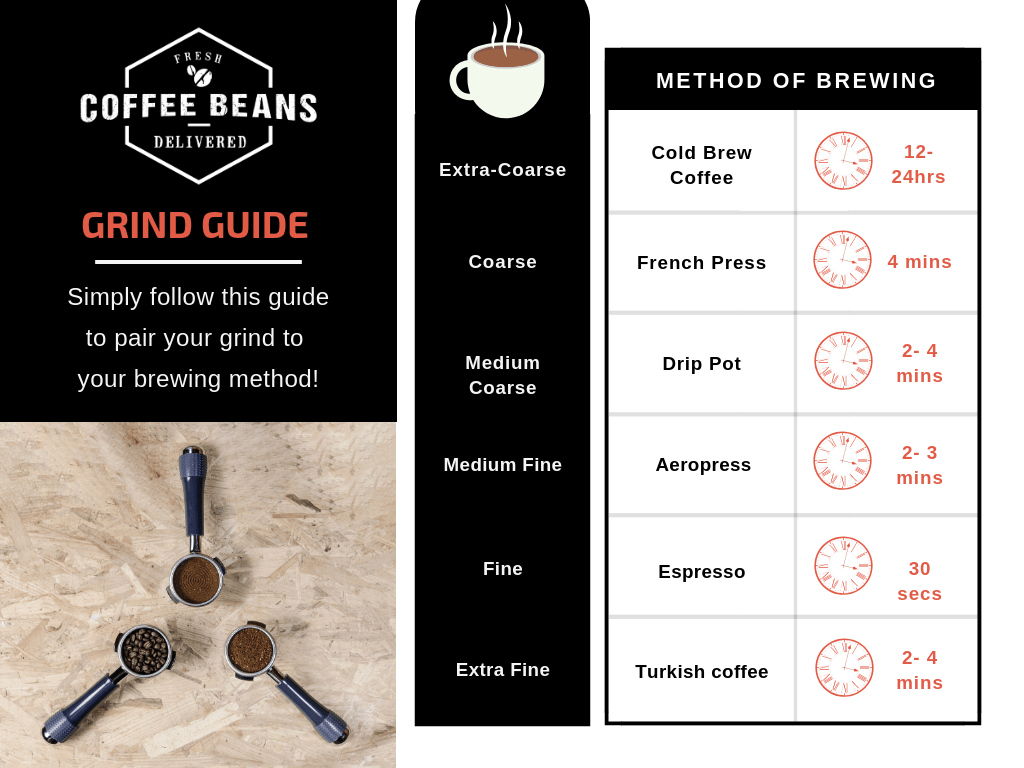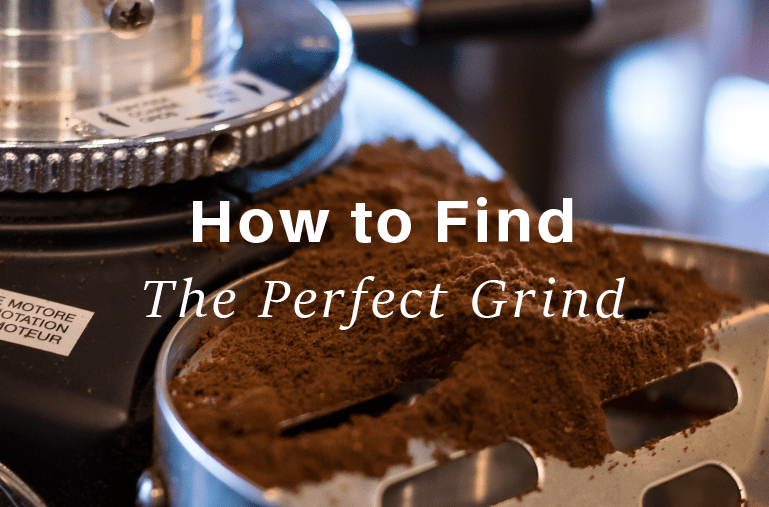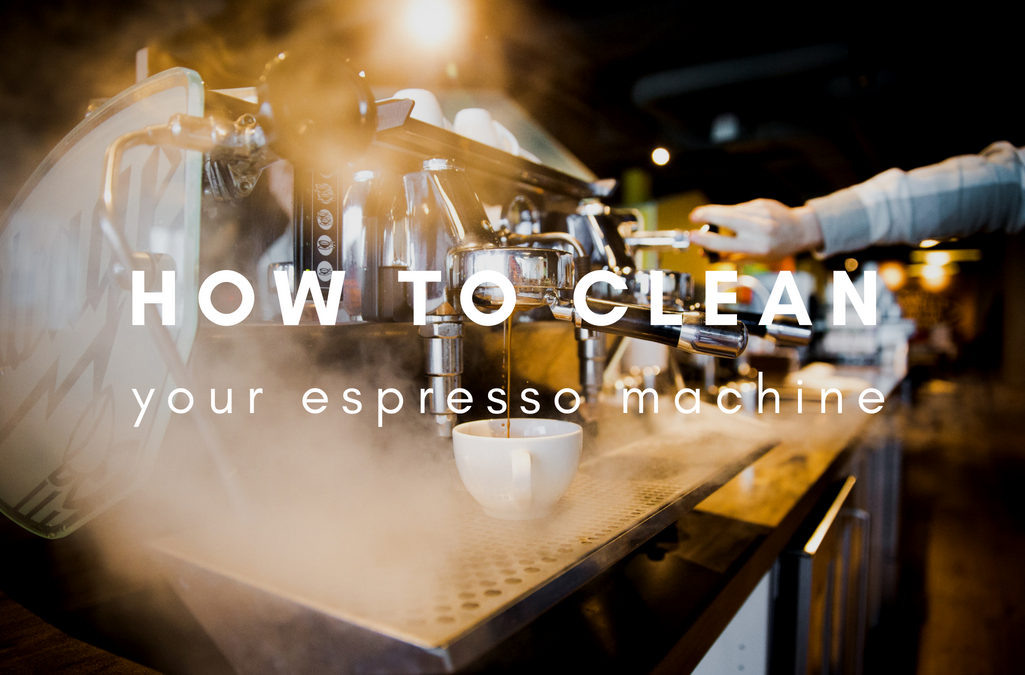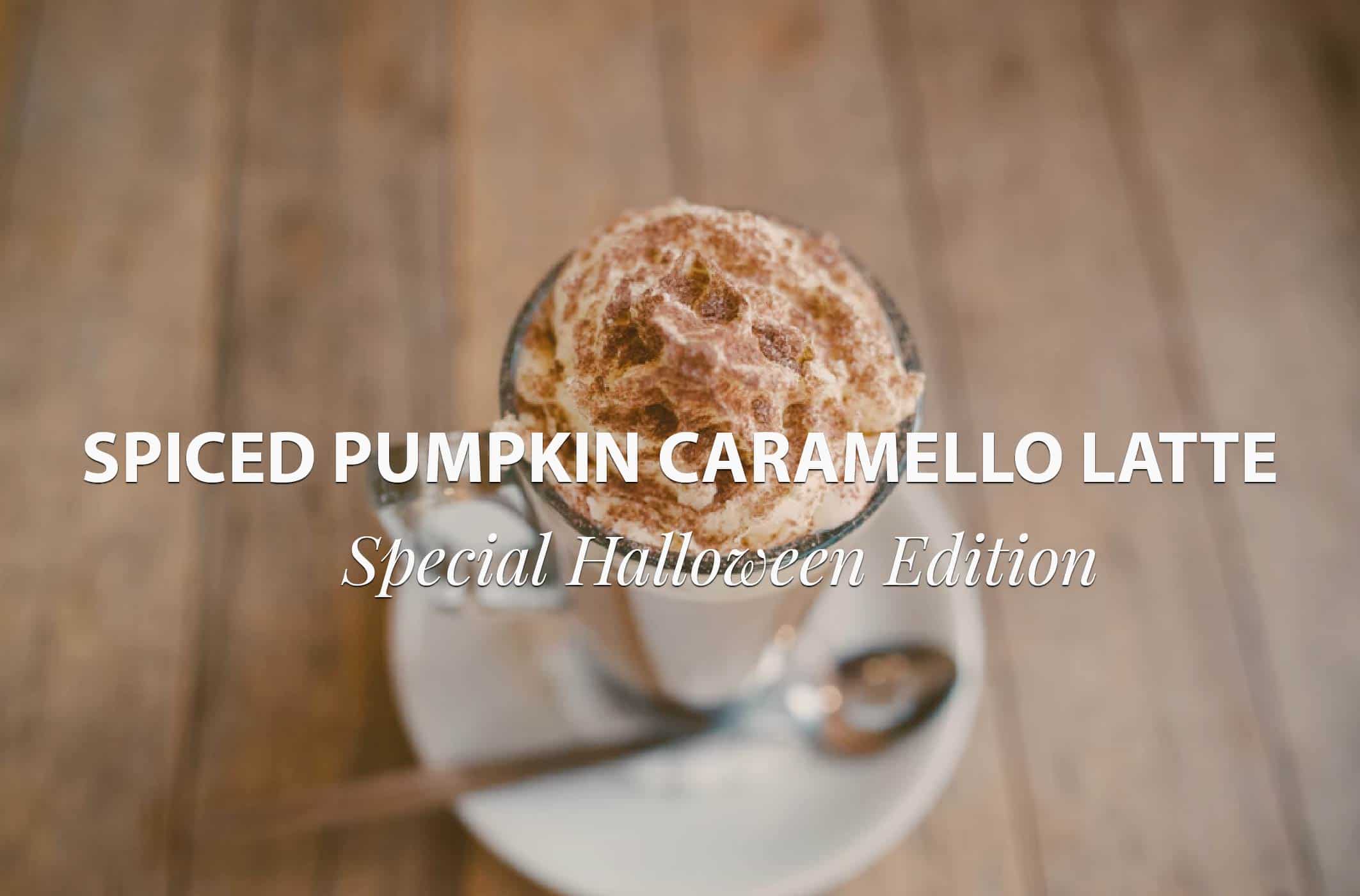You’re a keen home barista which means you’d probably already know there’s a direct link between your coffee grind size, your method of brewing and your satisfaction with your cup of coffee.
However, do you know the reasons behind the links? Well that all comes down to understanding extraction, under-extraction and over-extraction.
It’s not as simple as it might sound. In the coffee world there are many things you need to understand about your coffee grind. In this article we’ll help you conquer the world of extraction… but first you need to understand an essential tool in the process – grinders.
The Two Types Of Grinders
There are two primary types of grinders to grind your beans: a burr grinder or a blade grinder.
Both work to grind your beans, but they definitely have their own pros and cons and will leave you with a different tasting coffee.
Make sure you read WHY THE RIGHT GRINDER IS ESSENTIAL FOR A GREAT CUP OF COFFEE to understand the importance of the right grinder.
Understanding extraction, under-extraction and over-extraction:
Extraction refers to applying heat, water and, often pressure, to squeeze out all the flavour.
Too fine of a grind and your coffee will become over extracted, too coarse of a grind your coffee will become under extracted it.
Here’s our explanation of Under and Over extraction (which you don’t want…trust us!):
Under extraction occurs when your coffee grinds are too coarse, this means the water doesn’t have enough time to extract enough oils and sugar, leaving the coffee, taste too sour and flavourless
Over extraction is when your grounds have become far too fine, which causes the flavour to be too intense and unpalatable. A common taste to over extracted beans is bitterness and burnt; however other elements include a dryness and astringency.
So how do you know the right grind size for your method of brewing?
Simple, we’ve made a guide to help explain all of that!

As you can see above, your grind coarseness and brewing time are very much intertwined.
So how do you tell visually where your grind sits on the coarseness scale? We’ve made that a little easier for you with some images of coarseness below. Ranging from Coarse to Fine.
Here’s a grind guide visual we love thanks to Primer Magazine on Pinterest.

So, let’s extract some key lessons from this article.
Grind size as you know it affects the taste of your coffee. Try to remember that the smaller the particles the more contact there is with the water, which causes the extraction process to occur more quickly. Therefore, a coarse grind will cause less contact with water and you’ll need a longer brew time.
Here’s a catchy way to remember how long to brew depending on your grind!
Fine = Less Time is Best
Coarse = More Time Of Course
Hoorah! You’re now on your way to creating a grind that will deliver you a coffee that will blow your mind!




